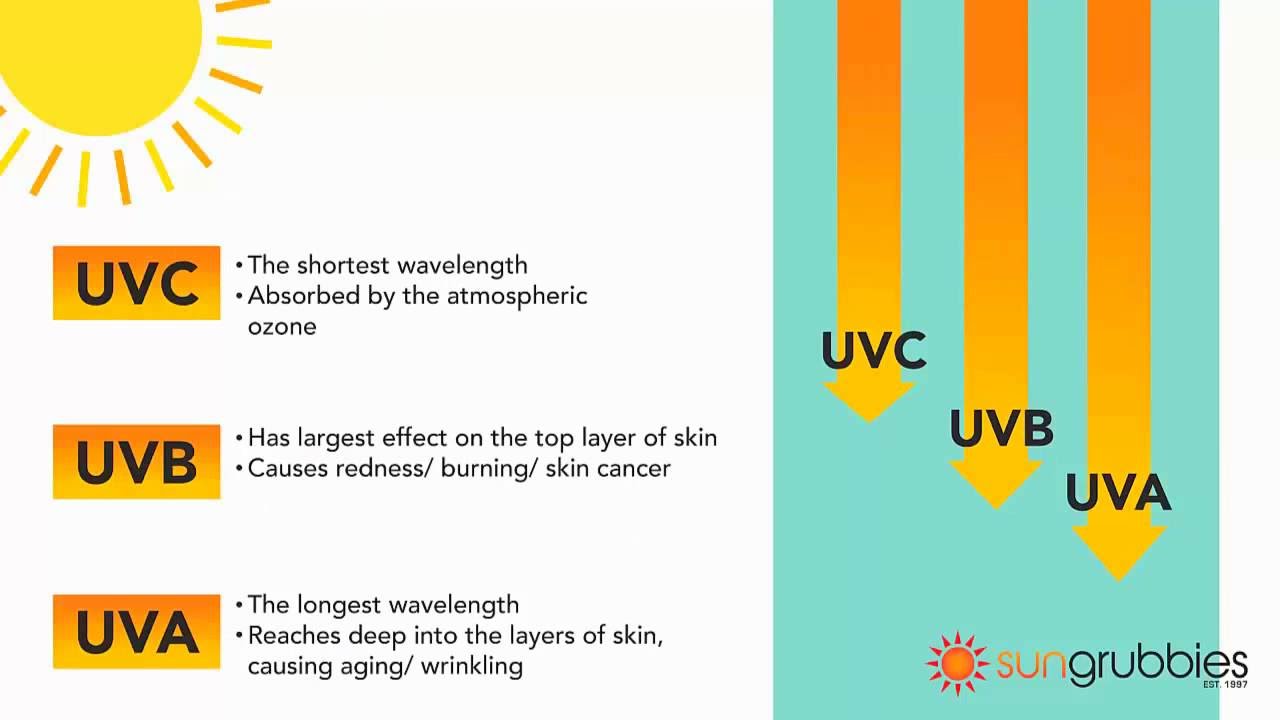Have you ever wondered why sunscreen is necessary? The answer is simple – protection from harmful UVB rays. But what exactly are UVB rays and why are they potentially damaging to your skin? In this article, we will delve into the world of UVB rays and explore how they can affect your skin. So, if you’re curious to learn more, keep reading!
UVB rays are a type of ultraviolet radiation emitted by the sun. They have a shorter wavelength than UVA rays, which means they can only penetrate the outermost layer of your skin. However, don’t let their limited reach fool you – UVB rays are a major contributor to sunburns and can increase your risk of developing skin cancer. When you spend time in the sun without proper protection, UVB rays directly damage the DNA in your skin cells, leading to premature aging and potential mutations. So next time you’re planning a day outdoors, make sure to slather on some sunscreen with UVB protection to keep your skin safe and healthy. In the next paragraphs, we’ll dive even deeper into the topic, discussing the different types of sunscreen and other ways you can shield yourself from UVB rays. Stay tuned!
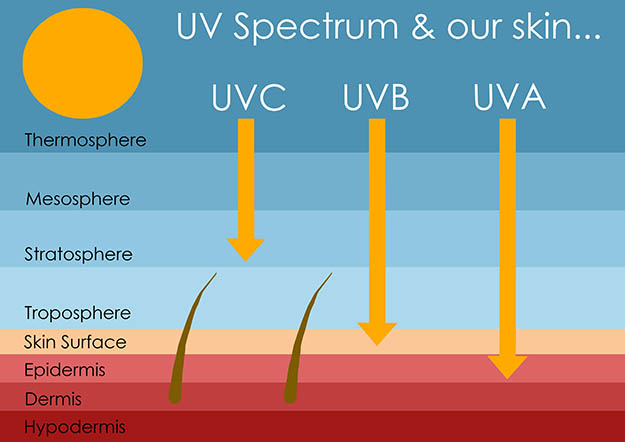
What is UVB?
UVB stands for ultraviolet B radiation. It is a type of ultraviolet (UV) radiation that is emitted by the sun and some artificial sources. UVB rays have a shorter wavelength than UVA rays and are responsible for some of the harmful effects of sun exposure, including sunburn and an increased risk of skin cancer.
Understanding UVB Rays
UVB rays are part of the electromagnetic spectrum and are invisible to the naked eye. They have a wavelength range of 280 to 315 nanometers. Compared to UVA rays, which penetrate deeper into the skin, UVB rays primarily affect the outermost layers of the skin.
The Role of UVB in Sunburn
UVB rays are the main cause of sunburn. When the skin is exposed to UVB radiation, it triggers a response in the body that results in an inflammatory reaction. This is why a sunburned area of the skin appears red, swollen, and painful.
Health Effects of UVB Exposure
While the sun provides us with essential vitamin D, excessive exposure to UVB radiation can have negative health effects. Prolonged exposure to UVB rays is associated with an increased risk of skin cancer, including both melanoma and non-melanoma types. Additionally, UVB can also lead to other skin conditions such as premature aging, wrinkles, and uneven pigmentation.
Sources of UVB
UVB Rays from the Sun
The primary source of UVB radiation is the sun. However, the amount of UVB that reaches the Earth’s surface can vary depending on various factors such as time of day, season, latitude, altitude, and cloud cover. UVB intensity is typically highest between 10 am and 4 pm when the sun is at its peak.
Artificial Sources of UVB
In addition to natural sources, UVB radiation can also be emitted by artificial sources such as tanning beds, sunlamps, and some types of fluorescent lights. While these artificial sources may provide a controlled amount of UVB exposure, it is important to note that they can still pose risks to skin and eye health if not used properly.
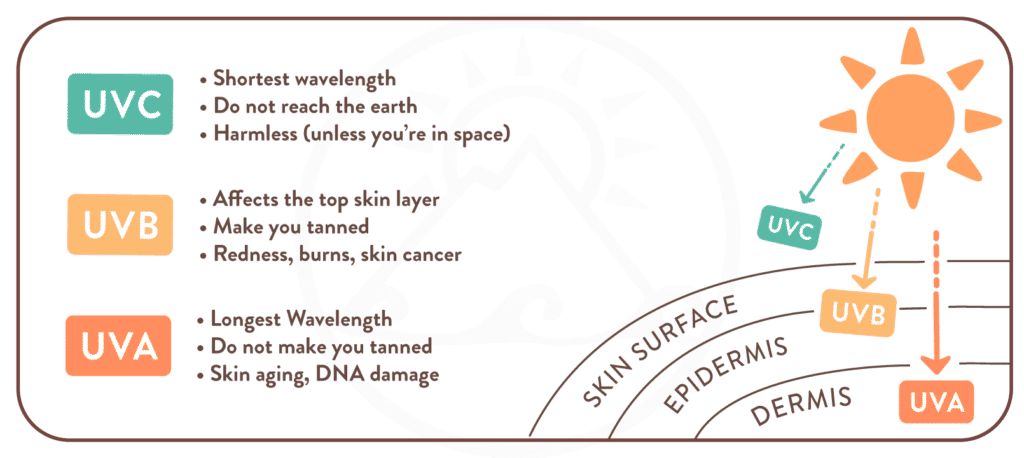
UVB and the Skin
How UVB Affects the Skin
When UVB rays penetrate the skin, they can directly damage the DNA within skin cells. This can lead to mutations and alterations in cell growth and division, which increases the risk of skin cancer. UVB rays can also weaken the immune system, making it harder for the body to repair and protect against further damage.
UVB and Melanin
Melanin is the pigment that gives color to our skin, hair, and eyes. It acts as a natural sunscreen, absorbing and scattering UV radiation to protect the skin from damage. When the skin is exposed to UVB rays, it triggers the production of melanin, resulting in a tan. However, it is important to note that a tan is a sign of skin damage, and excessive exposure to UVB can still increase the risk of skin cancer.
The Relationship Between UVB and Vitamin D
UVB rays play a crucial role in the synthesis of vitamin D in our bodies. When UVB rays penetrate the skin, they react with a form of cholesterol in the skin cells, converting it into vitamin D3. Vitamin D is essential for bone health and plays a role in immune function. However, it is important to balance the need for vitamin D with the risks of excessive UVB exposure, as vitamin D can also be obtained through diet and supplements.
UVB and Eye Health
UVB and the Eye
UVB radiation can also have harmful effects on eye health. When UVB rays enter the eye, they can damage the front surface of the eye, including the cornea and conjunctiva. This can lead to conditions such as photokeratitis (sunburn of the eye) and pterygium (a growth on the white part of the eye).
The Impact of UVB on Eye Conditions
Long-term exposure to UVB radiation has been linked to an increased risk of various eye conditions, including cataracts, macular degeneration, and certain types of eye cancer. It is important to protect your eyes from UVB rays by wearing sunglasses that offer 100% UVB protection and a wide-brimmed hat to shield your eyes from direct sunlight.
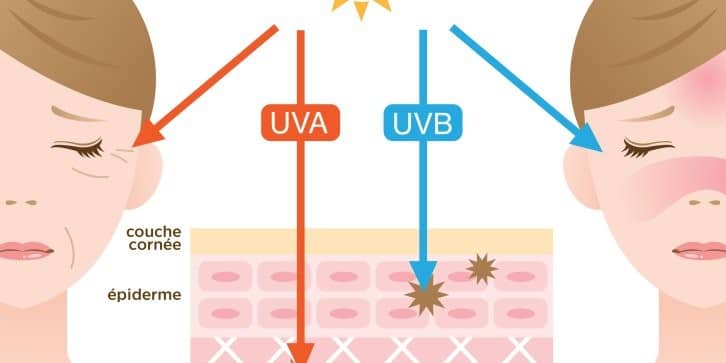
UVB Protection
Sunscreen and UVB Protection
Applying sunscreen is one of the most effective ways to protect your skin from UVB rays. Look for a broad-spectrum sunscreen with a Sun Protection Factor (SPF) of 30 or higher. Make sure to apply sunscreen generously and reapply it every two hours, or more frequently if you are sweating or swimming. It is also important to remember that sunscreen alone is not enough and should be used in conjunction with other sun protection measures.
Other Ways to Protect Against UVB
In addition to using sunscreen, there are other measures you can take to protect yourself from UVB radiation. Seek shade during the peak hours of sun intensity, wear protective clothing that covers your skin, and wear a wide-brimmed hat and sunglasses to shield your face and eyes. These precautions can help reduce your risk of sunburn and long-term skin damage.
Measuring UVB Exposure
UV Index and UVB Levels
The UV Index is a scale that measures the strength of UV radiation from the sun at a particular place and time. It provides information about the potential risk of sunburn and skin damage. The UV Index ranges from 0 to 11+, with higher values indicating higher UVB levels. It is recommended to stay in the shade or take additional sun protection measures when the UV Index is 3 or higher.
Monitoring UVB Exposure
There are various smartphone apps and wearable devices available that can provide real-time information about UVB levels and help you monitor your exposure. These tools can help you make informed decisions about when to seek shade or apply sunscreen.
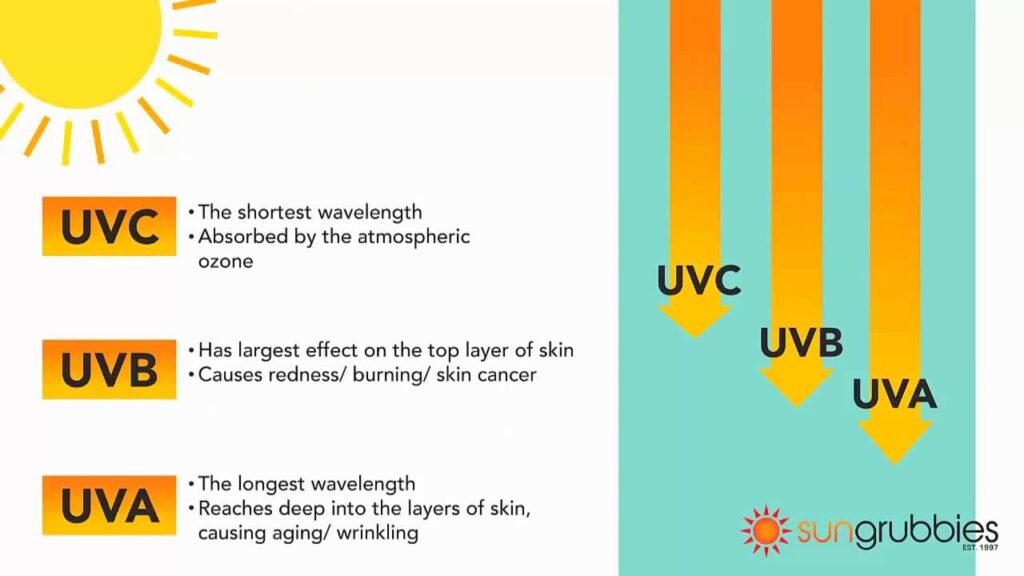
UVB and Climate Change
The Connection Between UVB and Climate Change
Climate change can have an impact on UVB levels. Changes in atmospheric conditions, such as ozone depletion, can affect the amount of UVB radiation that reaches the Earth’s surface. It is projected that increased levels of greenhouse gases in the atmosphere can lead to higher UVB levels, which could have implications for both human health and the environment.
UVB and Environmental Impact
UVB and Ozone Depletion
Ozone in the Earth’s stratosphere plays a critical role in filtering out most of the UVB radiation from the sun. However, certain human-made chemicals, such as chlorofluorocarbons (CFCs), have been found to deplete the ozone layer. The depletion of the ozone layer allows more UVB radiation to reach the Earth’s surface, which can have harmful effects on both human health and ecosystems.
UVB’s Effects on Ecosystems
UVB radiation can also have detrimental effects on various ecosystems. It can affect the growth and survival of phytoplankton, which are tiny marine organisms at the base of the ocean food chain. Changes in UVB levels can also impact the distribution and behavior of other marine life, such as fish and coral reefs. Additionally, UVB radiation can harm plants, leading to reduced crop yields and changes in biodiversity.
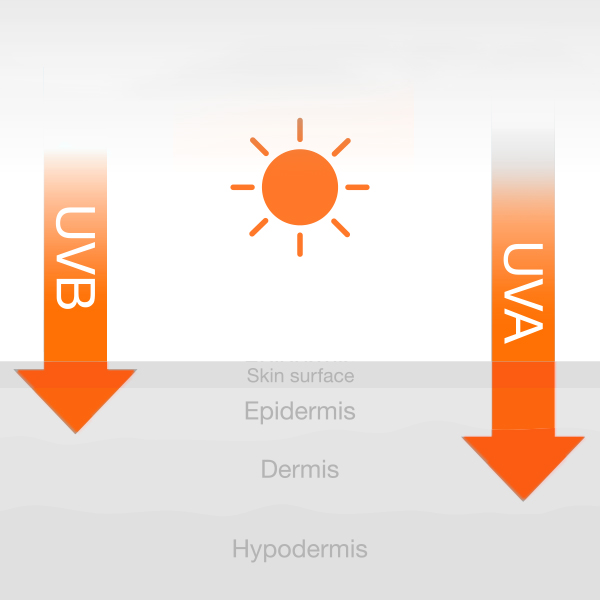
UVB and Health Risks
Skin Cancer and UVB
Exposure to UVB radiation is a major risk factor for the development of skin cancer. Both melanoma and non-melanoma skin cancers have been linked to excessive UVB exposure. It is important to protect your skin from UVB rays and regularly check for any signs of skin cancer, such as changes in moles or the appearance of new growths.
Other Health Risks Associated with UVB Exposure
In addition to skin cancer, prolonged UVB exposure can increase the risk of other health conditions. It can weaken the immune system, making individuals more susceptible to infections and diseases. UVB rays can also worsen certain skin conditions, such as eczema and lupus, and can cause eye damage, as mentioned earlier.
UVB and Phototherapy
Using UVB for Medical Treatments
While excessive UVB exposure can be harmful, controlled exposure to UVB radiation can be used for medical treatments. Phototherapy, also known as light therapy, involves the use of UVB rays to treat various skin conditions, including psoriasis, vitiligo, and eczema. Under the supervision of a healthcare professional, UVB phototherapy can be an effective treatment option for these conditions.
UVB Protection for Different Skin Types
UVB Protection Tips for Fair Skin
Individuals with fair skin are more susceptible to the harmful effects of UVB radiation. It is important for those with fair skin to take extra precautions to protect themselves from the sun. This includes using sunscreen with a higher SPF, seeking shade whenever possible, and wearing protective clothing and accessories.
UVB Protection Tips for Darker Skin
While individuals with darker skin have a naturally higher amount of melanin, which provides some protection against UVB rays, it is still important for everyone, regardless of skin tone, to protect themselves from excessive UVB exposure. This can be done by using sunscreen, seeking shade, and wearing protective clothing.
UVB and Tanning
UVB’s Role in Natural Tanning
When the skin is exposed to UVB radiation, it triggers the production of melanin, resulting in a tan. While some people may desire a tan for cosmetic reasons, it is important to remember that a tan is a sign of skin damage. Overexposure to UVB rays can increase the risk of skin cancer and other skin conditions, and it is not a safe or healthy way to achieve a tan.
Dangers of Artificial Tanning
Artificial sources of UVB radiation, such as tanning beds and sunlamps, have gained popularity over the years as a way to achieve a tan without sun exposure. However, these devices emit concentrated levels of UVB rays, which can cause significant damage to the skin and increase the risk of skin cancer. It is recommended to avoid artificial tanning methods and opt for safer alternatives such as self-tanning lotions or bronzers.
UVB and Seasonal Variations
UVB Intensity Throughout the Year
UVB levels can vary throughout the year, depending on the time of year and location. In general, UVB levels are higher during the spring and summer months, when the sun is at a higher angle in the sky. UVB levels tend to be lower during the winter months, especially in areas that are farther from the equator.
UVB and Seasonal Affective Disorder
Seasonal Affective Disorder (SAD) is a type of depression that usually occurs during the winter months when exposure to sunlight is reduced. While the exact cause of SAD is not fully understood, it is believed that reduced exposure to UVB radiation and a disruption in the body’s circadian rhythm may play a role. Light therapy using UVB-emitting lamps may be beneficial in treating SAD symptoms.
Conclusion
UVB radiation is a powerful force that can have both positive and negative effects on our health and environment. While UVB rays play a crucial role in the synthesis of vitamin D and can provide mood-enhancing benefits, excessive exposure can lead to sunburn, skin cancer, and other adverse health effects. It is important to protect ourselves from excessive UVB exposure by using sunscreen, seeking shade, wearing protective clothing, and taking other necessary precautions. By being mindful of our UVB exposure and taking steps to minimize its risks, we can enjoy the benefits of the sun while keeping our health and well-being in check.
